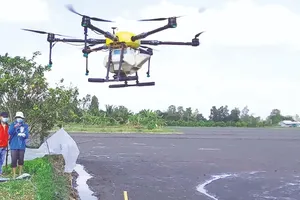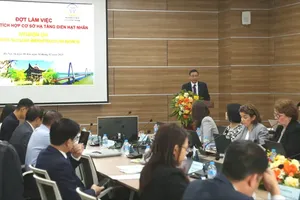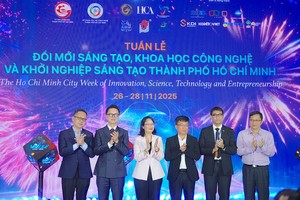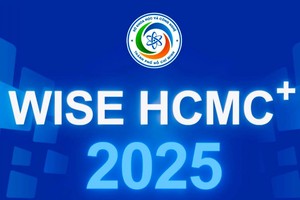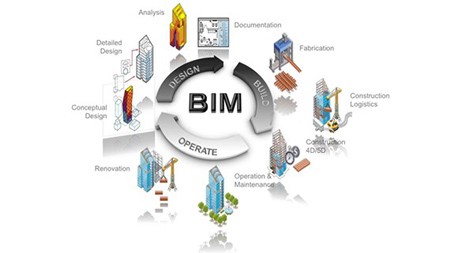
BIM is a process to establish, generate, and manage information models in all stages for each construction site. It exploits various pieces of professional software like Civil 3D, Revit, or Naviswork to form a close procedure, including several information dimensions.
In the conference, delegates agreed that BIM implementation will let construction partners such as investors, designers and consultants, monitoring teams, and contractors reduce building time and save overhead cost by optimizing solutions in advance.
The pilot of BIM in certain construction sites shows that it was able to decrease 40 percent of unexpected cost, 3 percent of estimate difference, 80 percent of estimated construction time, 7 percent of total project time, and thus saving 10 percent of contract value.
The Decision No.2500/QD-TTg by the Prime Minister has allowed the use of BIM to reduce the cost and increase transparency in construction quality evaluation.
As a consequence, in Ho Chi Minh City (HCMC), the Department of Construction under the HCMC University of Technology collaborated with Portcoast to establish Portcoast BIMLab Center for that purpose.
This center owns various modern devices like 3D FARO S350A laser scanner, Drone Stormbee scanner, and several pieces of copyrighted professional software such as SCENE, SURVEYOR, BUILD-IT.
However, construction experts voiced that there are certain challenges in the implementation of BIM in reality since it relates to the process adjustment of consultation units as well as the human resources training for new changes.
The government, therefore, is suggested to focus more on the latter task, in hope of efficiently upgrading the construction industry in Industry 4.0.






